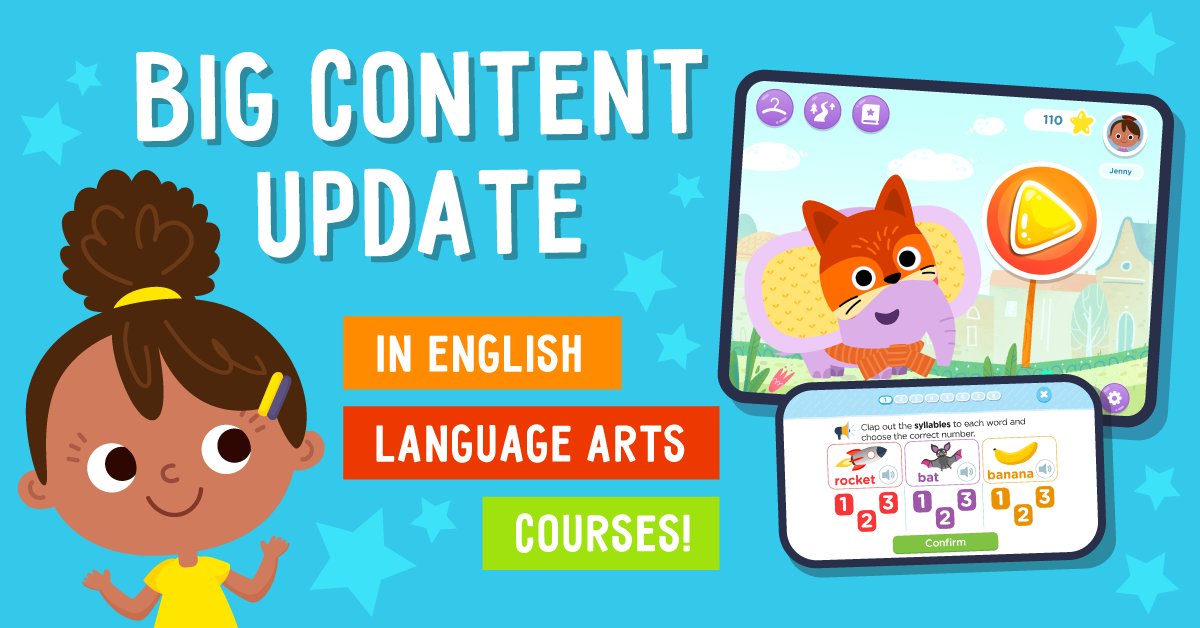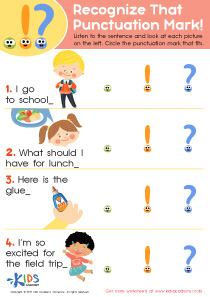Normal Capitalization Worksheets for Ages 6-8
4 filtered results
-
From - To
Introduce your young learners to the fundamentals of grammar with our Normal Capitalization Worksheets for Ages 6-8! These engaging, fun, and educational worksheets are designed to help kids master the rules of capitalization, from the first letter of a sentence to proper nouns. With a variety of exercises including sentence correction, matching words, and writing prompts, children will develop their writing skills and enhance their understanding of proper punctuation. Perfect for classroom use or at-home practice, our worksheets ensure a strong foundation in grammar! Download now and watch your child's confidence grow as they become capitalization experts.
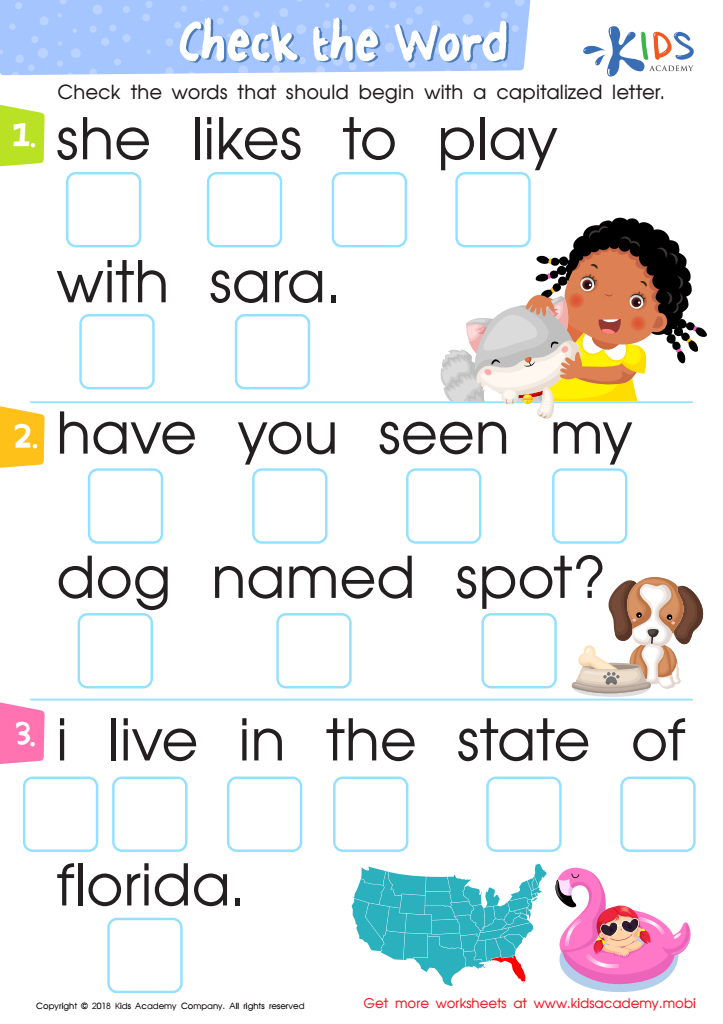

Check the Word Worksheet
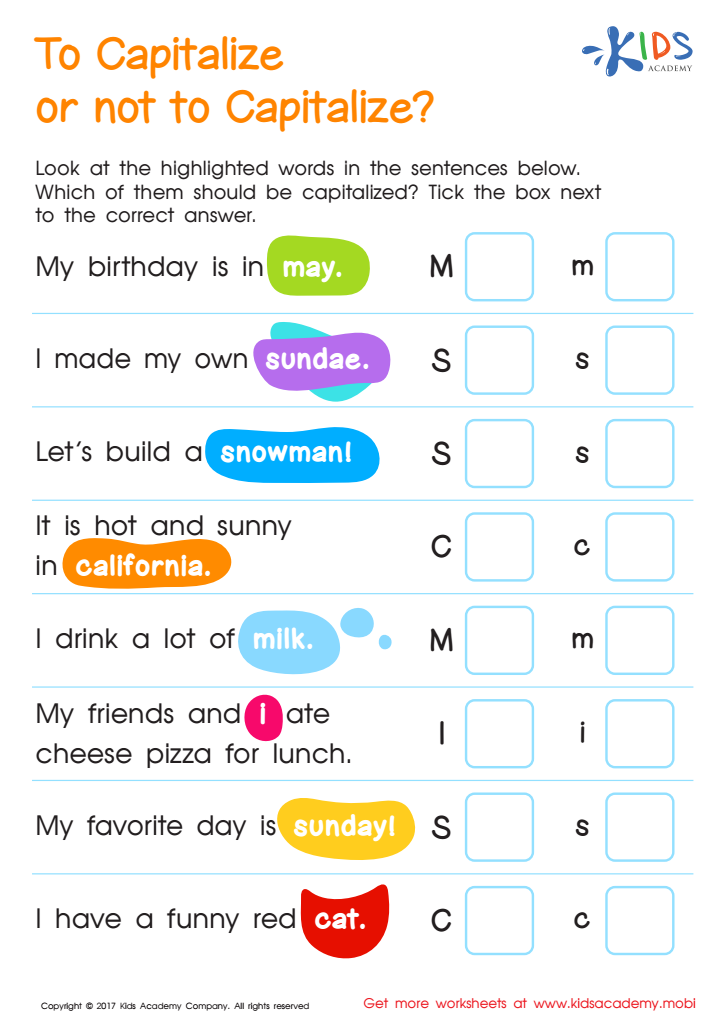

Capitalization: To Capitalize or Not? Printable
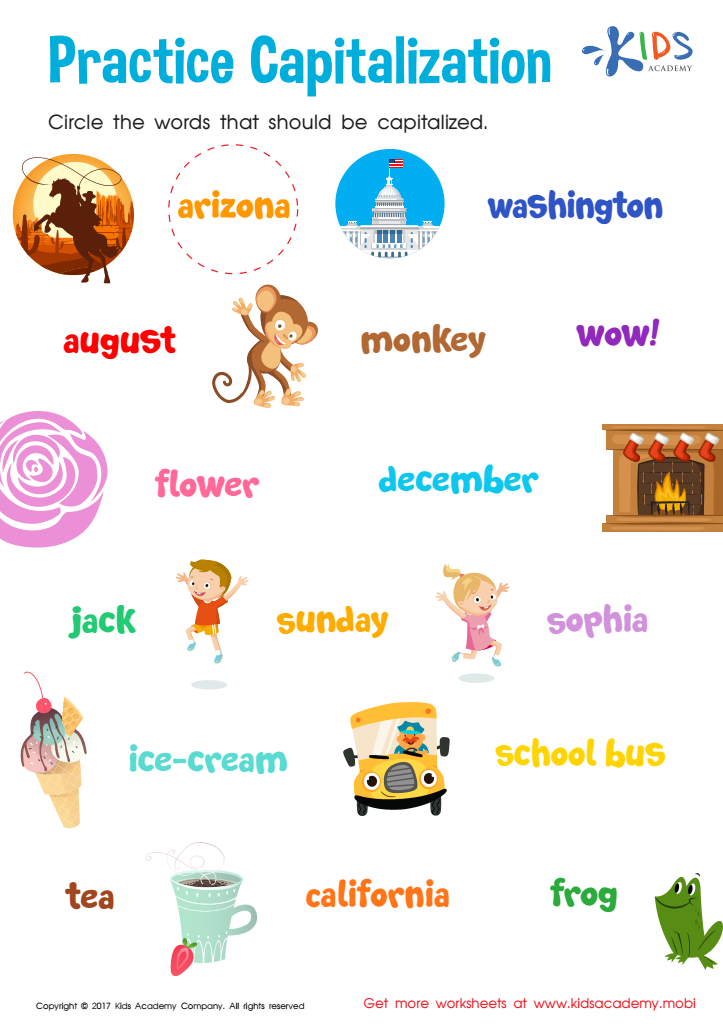

Practice Capitalization Printable


Capitalization Rules: Part 1 Worksheet
Proper capitalization is fundamental for young learners aged 6-8, shaping their reading and writing abilities, and it’s important for parents and teachers to recognize its importance. Firstly, proper capitalization aids readability. When children understand that names begin with capital letters and that sentences start with capitals while having proper nouns capitalized, they can more easily follow and comprehend written text. This foundational structure helps them avoid confusion and fosters more proficient reading habits.
Moreover, mastering capitalization is essential for effective written communication. Teaching children the rules of capitalization helps them convey their messages clearly and professionally. For example, understanding to capitalize the initial letters of sentences and names ensures their writing is easily understood by readers.
Establishing good capitalization habits also instills a sense of attention to detail that benefits all areas of academic learning. Consistent practice with capitalization rules can encourage a disciplined approach to writing, which can transfer to other subjects, building an overall strong academic foundation.
In essence, parents and teachers who invest time in teaching proper capitalization prepare children not only to succeed in school but to express themselves accurately and clearly in their future interactions. This small, foundational skill paves the way for broader literacy and communication competence.
 Assign to My Students
Assign to My Students








